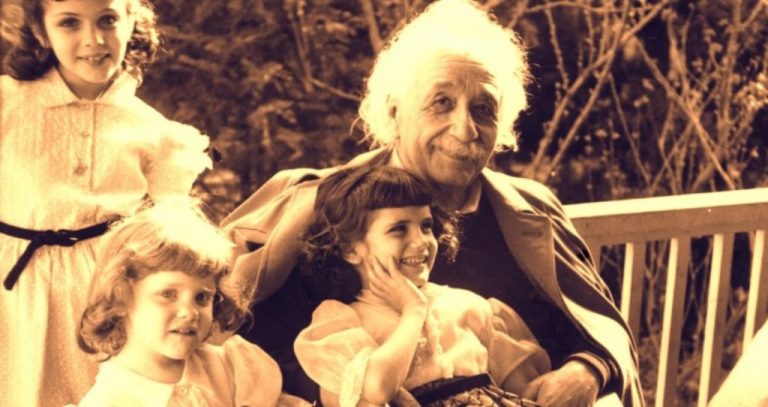The human brain is a very complex thing and till date, science is still learning new things about it. Nonetheless, there are many things that we have come to know about it and that is thanks to the works of people like Wilder Penfield who at a point in his lifetime was regarded as the greatest living Canadian.
Wilder Penfield’s Biography
The neurosurgeon was born Wilder Graves Penfield on January 26, 1891, in the United States Spokane, Washington. He was mostly raised alongside his brother and sister by his mother as his father was estranged. They moved to Hudson, Wisconsin, away from their father after his parents’ marriage crashed. Even though his relationship with his father was estranged, it’s easy to see how Wilder ended up in the medical profession. His father worked in the medical profession just as his grandfather, so it is not surprising that Wilder chose the same path when he went to Princeton University where he was also into athletics.
Thanks to a Rhodes Scholarship, he got to study neuropathology under the Nobel laureate Sir Charles Scott Sherrington at Merton College, Oxford. From there, he would much later go to the Johns Hopkins School of Medicine where he obtained a medical degree. He later studied in different other places including Germany and New York before taking a job at the Neurological Institute of New York. It was here that he carried out his first operation to treat epilepsy. In 1928, he moved to Montreal, Quebec where he became the first neurosurgeon of the city.
As a brain surgeon, he carried out brain surgery on his only sister Ruth who suffered from brain cancer. Although the complex surgery added more than a year to her life, he was unable to ultimately save her.
Who Was He
Wilder Penfield was, as stated, a neurosurgeon whose work on the brain helped in opening up the path towards understanding not just the structure of the brain but also its functions.
More so, his work on the brain has to this day, been seen as something that is close to science fiction. Thanks to that, there is an understanding on epilepsy as well as other malfunctions that lead to issues with memory as well as speech disorders.
He founded the Montreal Neurological Institute and Hospital at McGill University together with Dr. William Cone in 1934. In 1950, he got elected as a Foreign Honorary Member of the American Academy of Arts and Sciences.
Why Was He Considered the ‘Greatest Living Canadian’?
The first time that a successful brain surgery to take out a tumor was carried out in the US was in 1888 by a man known as William Williams Keen. Many years later, there was nothing like a proper map of the brain as well as its functions. That was until the 1920s when Wilder Penfield in an attempt to come up with an approach to treat epilepsy, came up with a method of taking off a part of the skull of a patient while one is still awake. The procedure which is known as the Montreal Procedure was carried out so that the epilepsy patient could be able to pin out the source of the disorder.
Penfield would open up the skull of the patient and then probe different areas of the brain to which he receives feedback from the patient and thanks to that, he was able to know that epilepsy is caused by the scarred or damaged region of brain tissues.
Before people suffering from epilepsy would have a seizure, they would first have a sensation that may be in the form of smell, taste, or even thought, and so thanks to the method introduced by Penfield, the area of the brain causing that could be located and then removed.
Not only did the work open a new door towards dealing with epilepsy, but it also made it possible to have a better understanding of the human brain as well as its functions. This is because Wilder also drew a map of the brain indicating what parts of the brain could cause numbness, affect movement, or even affect speech.
Wilder Penfield’s work also helped in the understanding that there are physical structures in the brain for memory as there are areas that when touched, one could experience detailed memory loss.
Although he was born American, he did most of his work and findings in Canada and because of this, he was given Canadian citizenship in 1934 and was celebrated as a national hero. Much later, he was regarded as “the greatest living Canadian.”
Also Read: Top 10 Richest People in the world with full biography and details.

